Dorothy Parker
 "It occurs to me that there are other towns. It occurs to me so
violently that I say, at intervals, "Very well, if New York is going to
be like this, I'm going to live somewhere else." And I do — that's the
funny part of it. But then one day there comes to me the sharp picture
of New York at its best, on a shiny blue-and-white Autumn day with its
buildings cut diagonally in halves of light and shadow, with its
straight neat avenues colored with quick throngs, like confetti in a
breeze. Some one, and I wish it had been I, has said that "Autumn is the
Springtime of big cities." I see New York at holiday time, always in
the late afternoon, under a Maxfield Parish sky, with the crowds even
more quick and nervous but even more good-natured, the dark groups
splashed with the white of Christmas packages, the lighted holly-strung
shops urging them in to buy more and more. I see it on a Spring morning,
with the clothes of the women as soft and as hopeful as the pretty new
leaves on a few, brave trees. I see it at night, with the low skies red
with the black-flung lights of Broadway, those lights of which
Chesterton — or they told me it was Chesterton — said, "What a marvelous
sight for those who cannot read!" I see it in the rain, I smell the
enchanting odor of wet asphalt, with the empty streets black and shining
as ripe olives. I see it — by this time, I become maudlin with
nostalgia — even with its gray mounds of crusted snow, its little
Appalachians of ice along the pavements. So I go back. And it is always
better than I thought it would be."
"It occurs to me that there are other towns. It occurs to me so
violently that I say, at intervals, "Very well, if New York is going to
be like this, I'm going to live somewhere else." And I do — that's the
funny part of it. But then one day there comes to me the sharp picture
of New York at its best, on a shiny blue-and-white Autumn day with its
buildings cut diagonally in halves of light and shadow, with its
straight neat avenues colored with quick throngs, like confetti in a
breeze. Some one, and I wish it had been I, has said that "Autumn is the
Springtime of big cities." I see New York at holiday time, always in
the late afternoon, under a Maxfield Parish sky, with the crowds even
more quick and nervous but even more good-natured, the dark groups
splashed with the white of Christmas packages, the lighted holly-strung
shops urging them in to buy more and more. I see it on a Spring morning,
with the clothes of the women as soft and as hopeful as the pretty new
leaves on a few, brave trees. I see it at night, with the low skies red
with the black-flung lights of Broadway, those lights of which
Chesterton — or they told me it was Chesterton — said, "What a marvelous
sight for those who cannot read!" I see it in the rain, I smell the
enchanting odor of wet asphalt, with the empty streets black and shining
as ripe olives. I see it — by this time, I become maudlin with
nostalgia — even with its gray mounds of crusted snow, its little
Appalachians of ice along the pavements. So I go back. And it is always
better than I thought it would be."
Dorothy Parker was one of the 20th century's most clever, caustic, witty writers. As a member of the Algonquin Round Table she became famous as much for her biting remarks as for her brilliant writing.
A prolific poet and critic, Dorothy published more than 300 poems in the 1920s. The collection of her writing, The Portable Dorothy Parker, has never gone out of print.
In the 1920s and afterward, Dorothy Parker contributed to The New Yorker and Esquire, making her a landmark of the literary scene in New York.
 And when you're talking landmarks of Literary New York, there's one place that you have to visit, and that's The Algonquin. The Algonquin is at 59 West 44th Street, between 5th and 6th Avenue, or if you're being pedantic, 5th Avenue and the Avenue of the Americas. The hotel's first desk clerk, and eventual owner, Frank Case, fostered the arts and in particular struggling writers creating an environment in which the Round Table, that most vicious of circles, was able to bloom. From 1919 to 1929 most of the writers and wits for The New Yorker and other magazines would pop by and have a long lunch wherein they would trade barbed insults and try to one up each other. Not only is this hotel key for your true Literary New York experience, but it's key to Dorothy Parker. She was not only a member of the vicious circle, but she was a resident of the hotel on and off and her ghost is reputed to haunt the halls.
And when you're talking landmarks of Literary New York, there's one place that you have to visit, and that's The Algonquin. The Algonquin is at 59 West 44th Street, between 5th and 6th Avenue, or if you're being pedantic, 5th Avenue and the Avenue of the Americas. The hotel's first desk clerk, and eventual owner, Frank Case, fostered the arts and in particular struggling writers creating an environment in which the Round Table, that most vicious of circles, was able to bloom. From 1919 to 1929 most of the writers and wits for The New Yorker and other magazines would pop by and have a long lunch wherein they would trade barbed insults and try to one up each other. Not only is this hotel key for your true Literary New York experience, but it's key to Dorothy Parker. She was not only a member of the vicious circle, but she was a resident of the hotel on and off and her ghost is reputed to haunt the halls.
 The group first gathered in the Algonquin's Pergola Room (now called The Oak Room) at a long rectangular table. As they increased in number, Algonquin manager Frank Case moved them to the Rose Room and a round table. Initially the group called itself "The Board" and the luncheons "Board meetings." After being assigned a waiter named Luigi, the group re-christened itself "Luigi Board." Finally they became "The Vicious Circle" although "The Round Table" gained wide currency after cartoonist Edmund Duffy of the Brooklyn Eagle caricatured the group sitting at a round table and wearing armor. To join this hallowed group "the price of admission [was] a serpent's tongue and a half-concealed stiletto."
The group first gathered in the Algonquin's Pergola Room (now called The Oak Room) at a long rectangular table. As they increased in number, Algonquin manager Frank Case moved them to the Rose Room and a round table. Initially the group called itself "The Board" and the luncheons "Board meetings." After being assigned a waiter named Luigi, the group re-christened itself "Luigi Board." Finally they became "The Vicious Circle" although "The Round Table" gained wide currency after cartoonist Edmund Duffy of the Brooklyn Eagle caricatured the group sitting at a round table and wearing armor. To join this hallowed group "the price of admission [was] a serpent's tongue and a half-concealed stiletto."
 Despite all the famous writers and celebrities who have lived at The Algonquin over the years I can't help but smile at the hotel's most famous current resident, Matilda the Cat! The tradition of having a cat in the hotel was started by Frank Case after he took in a stray. Though Frank didn't realize what he was starting with that first cat, Hamlet, who was named after that famous Dane by John Barrymore. Since then many a Hamlet and a Matilda have lived there. So go for the cat, stay for the literature!
Despite all the famous writers and celebrities who have lived at The Algonquin over the years I can't help but smile at the hotel's most famous current resident, Matilda the Cat! The tradition of having a cat in the hotel was started by Frank Case after he took in a stray. Though Frank didn't realize what he was starting with that first cat, Hamlet, who was named after that famous Dane by John Barrymore. Since then many a Hamlet and a Matilda have lived there. So go for the cat, stay for the literature!
 As a final note I find it vastly entertaining that the offices of The New Yorker were actually located right across the street from The Algonquin, making Vicious Circle meetings easy to slip out to, but that location must wait for another day. Parker and her cronies where in at the beginning, and instead of starting out on West 44th street, the original offices where in the house of it's founder, Harold Ross and Jane Grant. Located in Hell's Kitchen, at 412 West 47th Street between 9th and 10th Avenue, the little white four story house is still standing, if you care to pay homage to a magazine that has fostered the arts for almost a century. The past and the present merge in New York, to create living history and an experience you won't easily forget if you are lucky enough to visit.
As a final note I find it vastly entertaining that the offices of The New Yorker were actually located right across the street from The Algonquin, making Vicious Circle meetings easy to slip out to, but that location must wait for another day. Parker and her cronies where in at the beginning, and instead of starting out on West 44th street, the original offices where in the house of it's founder, Harold Ross and Jane Grant. Located in Hell's Kitchen, at 412 West 47th Street between 9th and 10th Avenue, the little white four story house is still standing, if you care to pay homage to a magazine that has fostered the arts for almost a century. The past and the present merge in New York, to create living history and an experience you won't easily forget if you are lucky enough to visit.
"I suppose that is
the thing about New York. It is always a little more than you had hoped
for. Each day, there, is so definitely a new day. "Now we'll start
over," it seems to say every morning, "and come on, let's hurry like
anything."
London is satisfied, Paris is
resigned, but New York is always hopeful. Always it believes that
something good is about to come off, and it must hurry to meet it. There
is excitement ever running its streets. Each day, as you go out, you
feel the little nervous quiver that is yours when you sit in the theater
just before the curtain rises. Other places may give you a sweet and
soothing sense of level; but in New York there is always the feeling of
"Something's going to happen." It isn't peace. But, you know, you do get
used to peace, and so quickly. And you never get used to New York."

























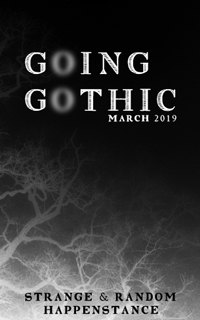
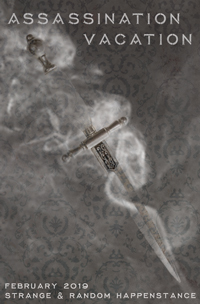
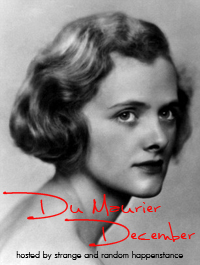
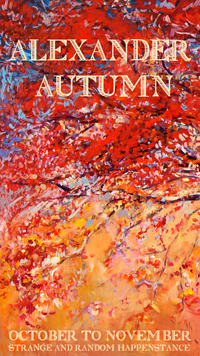


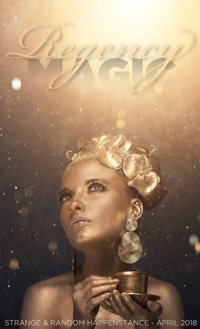


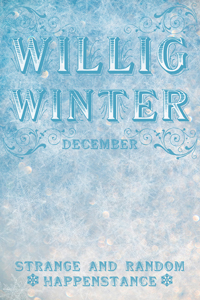

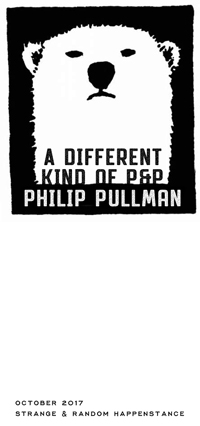


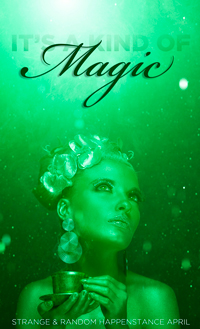
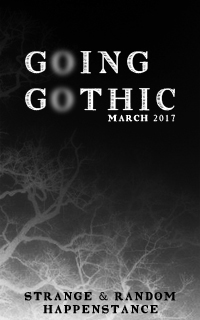

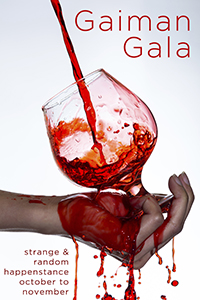
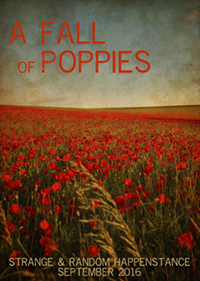

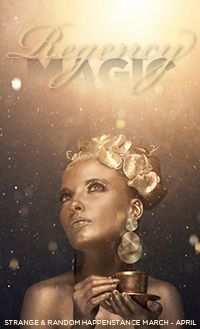


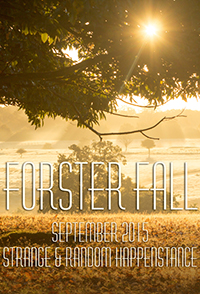
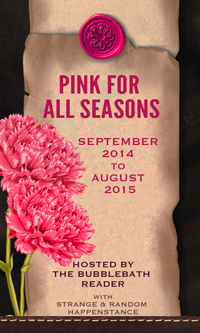
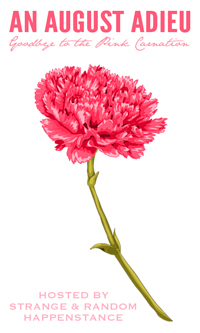

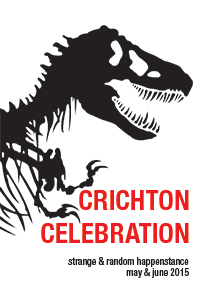


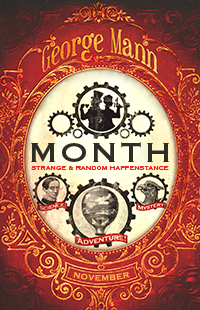






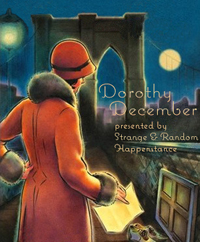























Terrific, Miss Eliza. Makes me want to go visit the Algonquin and the Big Apple right now.
J.J. Murphy said... September 10, 2014 at 8:38 PM
Road Trip!
Miss Eliza said... September 10, 2014 at 9:05 PM
Post a Comment